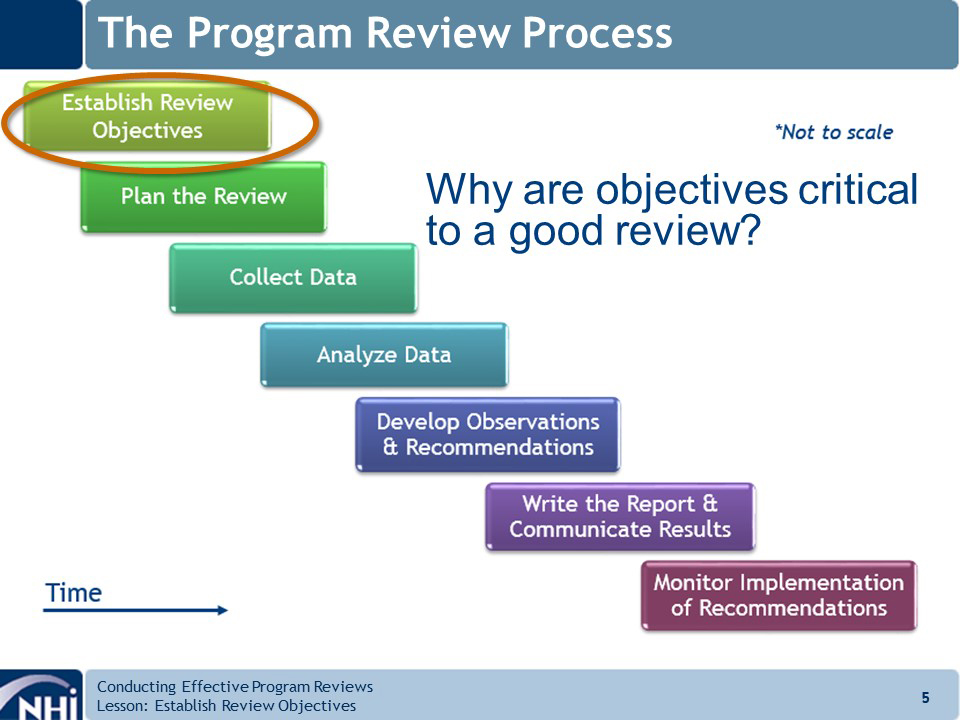Instructor and Learner Roles
In traditional information-oriented classrooms, instructors act as experts who impart their knowledge through one-sided lectures. The role of the learner in those classrooms is to passively listen and take notes so they can memorize and reproduce the information on exams. This “sage on the stage” model is effective in presenting large amounts of information. However, it does not support retention of learning and its application in the workplace.
A more effective training model shifts the emphasis from information to the learner. In a learner-centered classroom, the instructor becomes a “guide on the side,” facilitating active learning situations in which participants use their existing knowledge and prior experiences to help them understand the new material. Participants engage with the content by discussing, analyzing, and manipulating it to reconstruct it in new and personally meaningful ways. By linking the new information to what they already know, it is easier for participants to recall and apply the information later in a different setting.
Example
A brainstorming session is a fast and easy way to encourage participants to link new learning to existing knowledge. In his NHI “Instructor Development Course” training presentation, “Conducting Effective Program Reviews,” Jon-Paul Kohler displayed this slide (figure 14) and asked table groups to brainstorm answers to the question, “Why are objectives critical to a good review?” Kohler distributed index cards so participants could record their ideas. After allowing time for small group discussion, he called on one group to report their answers. He then added onto participants’ prior experiences with the following explanation:
“There is a logical relationship among objectives, observations, and recommendations. The review objectives focus the review and tie it all together. Everything about the review can be traced back to the objectives and they are vital for a review in establishing logic, structure, and meaning.”

Source: Kohler (2019).
For more ideas on ways to help participants link new information to their existing knowledge, refer to Activating Participants' Prior Knowledge.
Online learning presents unique challenges, and the instructor’s role in this setting expands to meet participants’ technological and learning needs. In an online course, the participant accesses and consumes the new information. The instructor’s role can be to create discussions among participants on the critical concepts, principles, and skills. The instructor also must work hard to create a sense of class community, so participants are comfortable working together and sharing their thoughts online. Student introductions, group work assignments, and netiquette expectations can meet the social and psychological needs of participants. Like in a face-to-face classroom setting, online instructors manage the online classroom. It is also the instructor’s role to make sure participants can use the features of the learning management system, including the online discussion tools and any software required for the course. Instructors often share “how-to” guides and instructions as part of pre-course reading assignments, along with technical support resources.